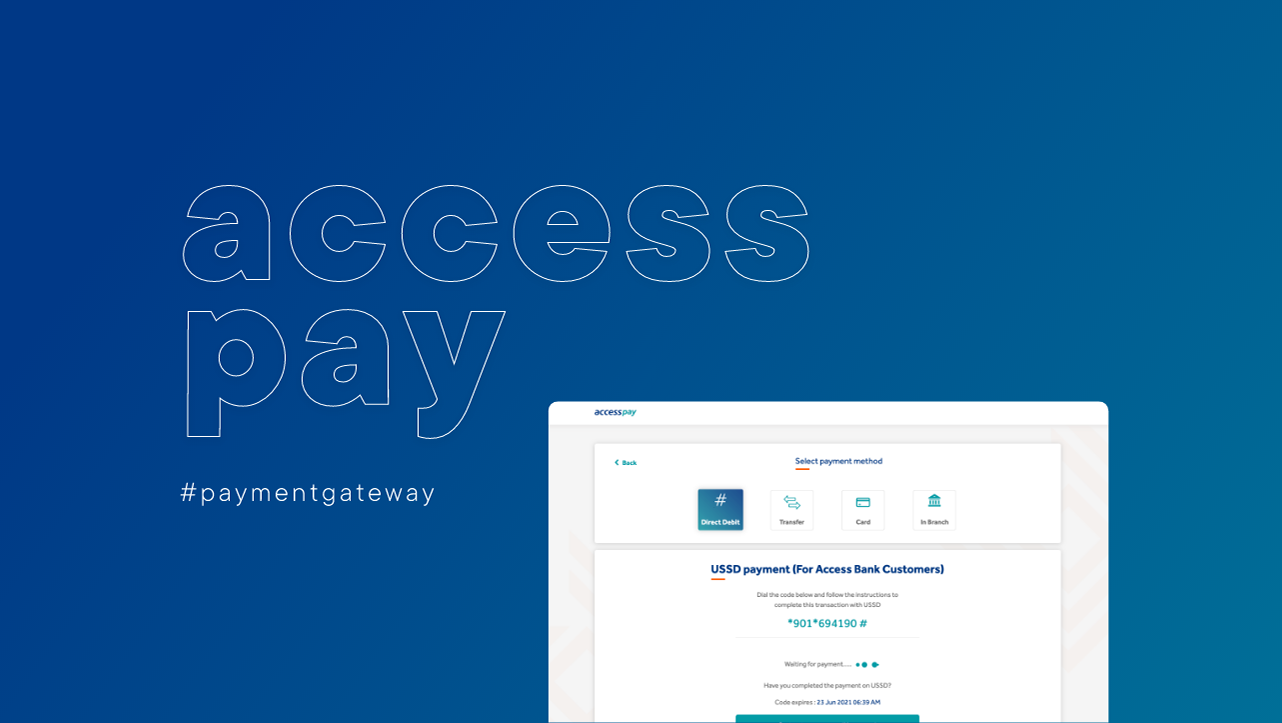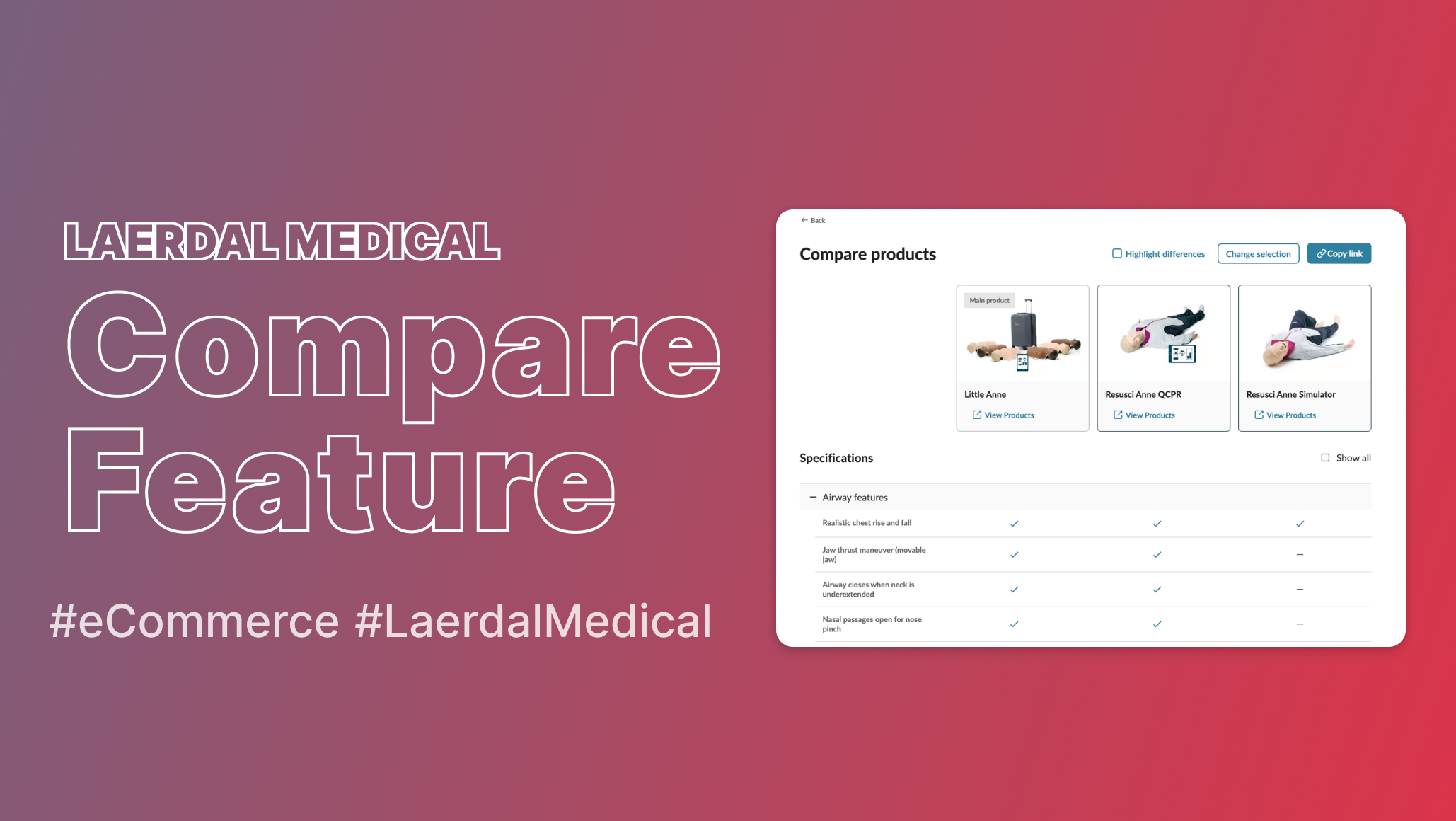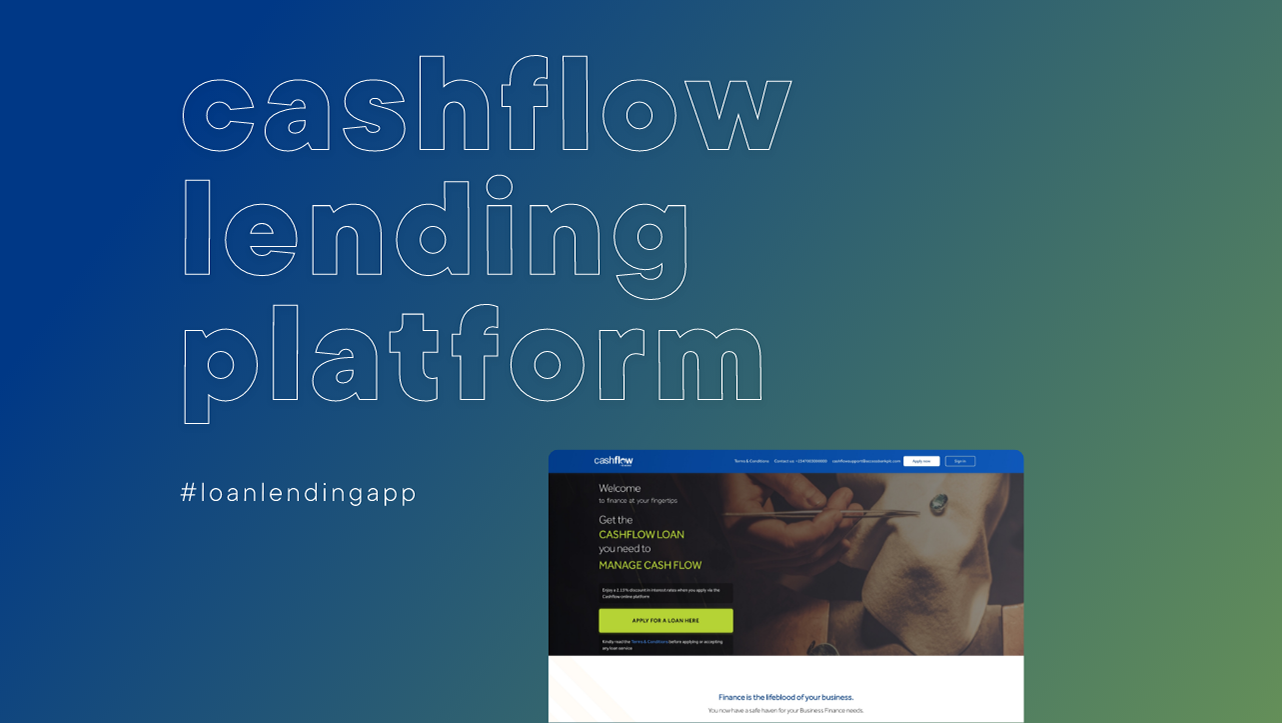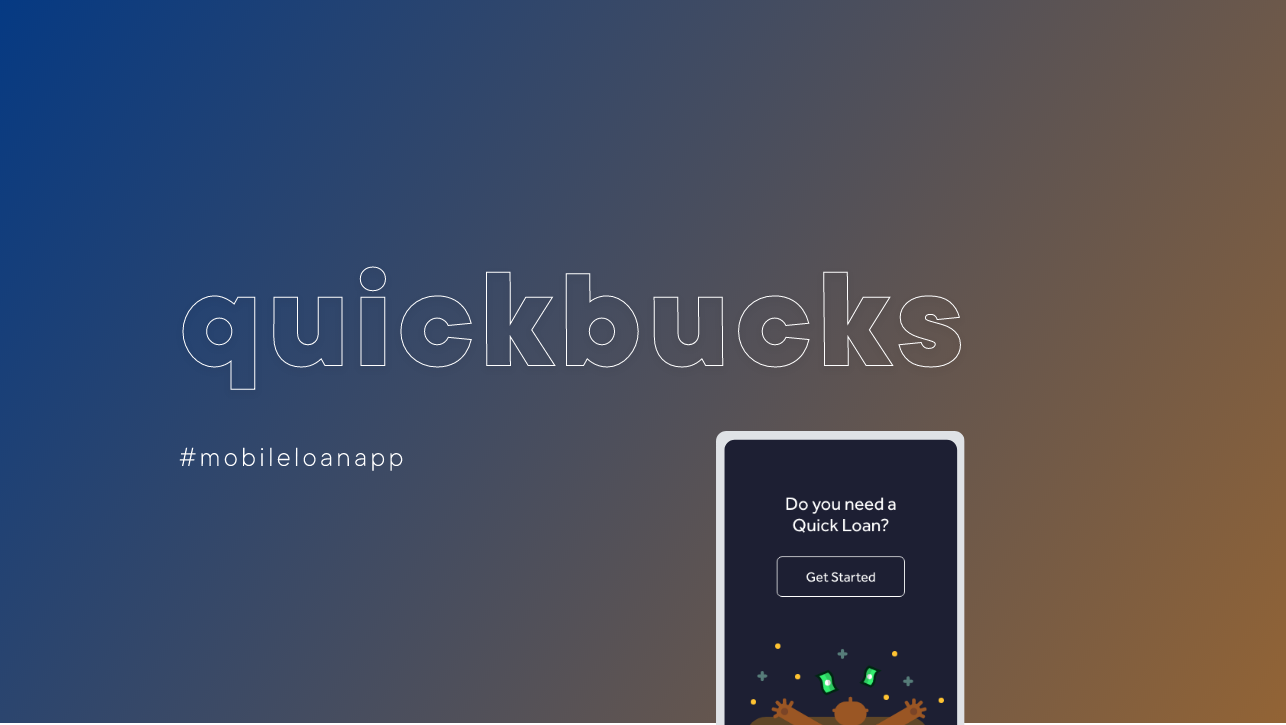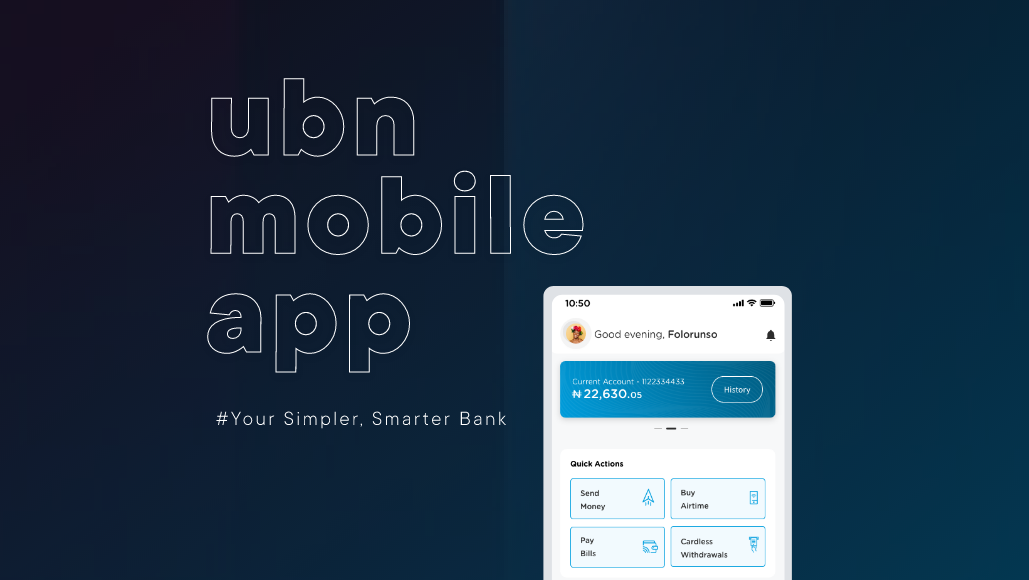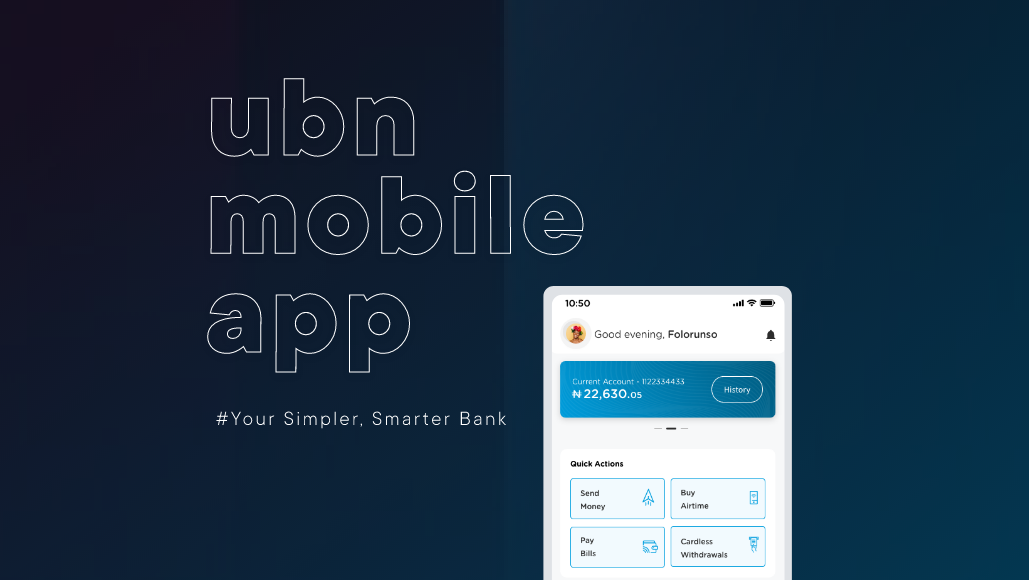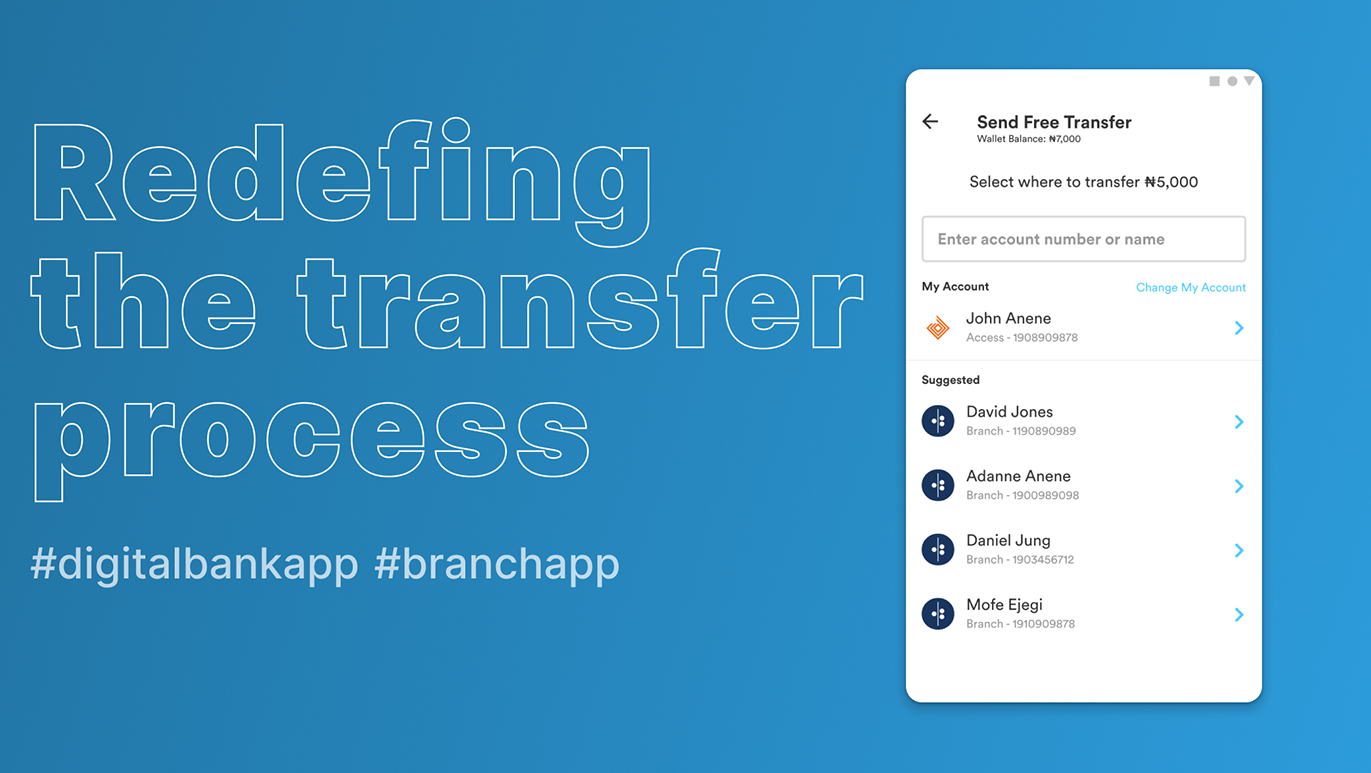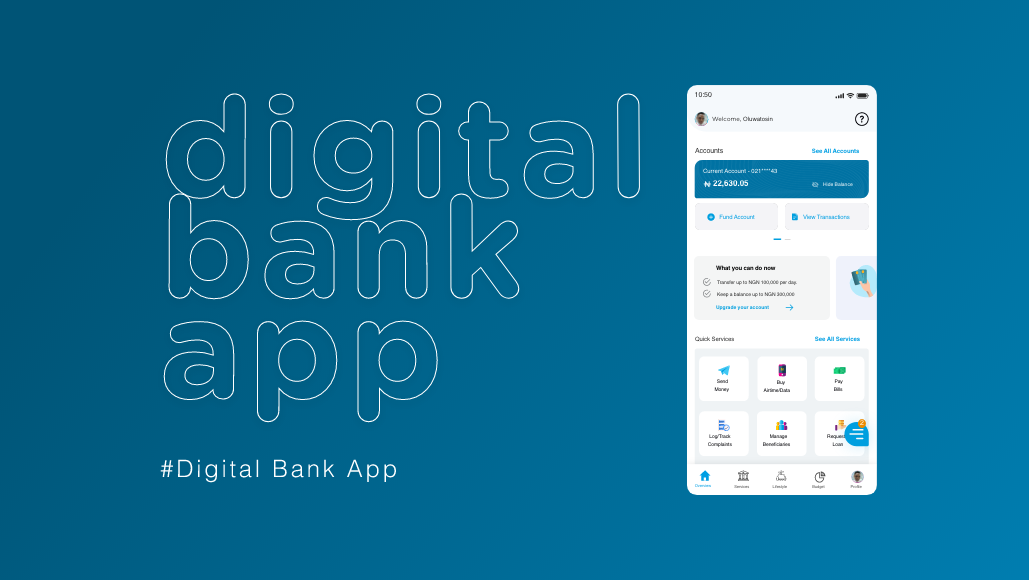Disclaimer: Due to signed NDA (Non-Disclosure Agreement), much cannot be said on this, however, let me walk you through some of our process.
How we began
We started by reviewing the existing physical process of previous innovation challenges held within the organization.
We spoke to some of the internal staff to get an idea of their experience with the previous challenges so that we could identify pain-points and opportunities.
Goal
The goal of the Internal Innovation portal is to create an interactive application where employees would be able to interact and share ideas on various aspects to assist the bank in achieving its values in Leverage innovation in delivering the brand promise of “Simpler, Smarter Bank”, encourage innovative culture and creation of new, disruptive products.
The Team:
- Product designer
- Product owner
- Product manager
- Customer Experience
- Enterprise Architect
- Project manager
- Business Analyst
- Backend developer
- Frontend developer
- Quality Assurance Tester
- Application manager
My roles:
- Product Designer
Conversations with internal staff
The team conducted user research interviews with internal staff to better understand their frustrations with the manual process of the previous challenges.
We interviewed 25+ internal staff aged range between 23 - 50 years old across the different regions in Nigeria where the bank had presence. Some interviews were face-to-face, while the others virtually because of time and proximity constraints.
Research Goals:
1. Identify and understand issues with posting ideas for the organization.
2. Understand problems that internal staff have with existing enterprise applications.
3. Get insights about user behaviours and patterns.
Discoveries from the research.
The user research revealed some of the concerns staff had using other existing enterprise applications. We found out that most of the applications they used, were not user friendly and had impact on their time-on-task due to their ambiguous nature.
Other Insights from the research:
1. Physical process for previous challenges took too much time and a lot of emails.
2. Poor user interface design with confusing navigation on some existing enterprise applications
3. The need for a collaborative space for ideas.
Crafting an intuitive consistent experience
Once we had a better understanding of what we wanted to do and the issues to tackle, we took some time to wireframe some ideas for usability testing.
Wireframing
We designed wireframes as it was pertinent to identifying areas of design development to be considered before moving onto high fidelity design. This stage of testing provided insights including:
1. Ease of navigation through menu widgets.
2. The need to show the groups that staff belong to in order to foster collaboration.
Some insights from the high-fidelity iteration:
1. The colorful approach gave a more welcoming vibe which improved idea generation.
2. The use of consistent colors for the linked buttons made it easier to know where to click or tap on.
3. Internal staff had no difficulty navigating the app.
CRAFTING A DESIGN SYSTEM
One of the important things we identified in the design process, was to craft a unique design system for this portal for consistency and to suite the needs of the staff. Since the portal was going to be effective, smooth, efficient and visually appealing, this was a much needed step.
-------
Dashboard:
We made the dashboard which is the home of the application to be simple enough for staff to interact with.
Through the use of menu widgets, we simplified the navigation of the application such that users could easily apply to new challenges or simply post an idea which was the main focus of the portal.
Posting an idea:
We simplified the posting of idea process by splitting the process into 4 steps to avoid cognitive overload. We found out from research that some of the enterprise applications do not take in account this cognitive overload and most times, staff get stressed, not from the work itself but from the use of the applications.
Because this was an idea generation platform, we had to give it as much simplicity and calmness as needed so that the users do not feel stressed using it.
We also added a part for staff to review the idea that they are about to post and they can also go to edit whichever section they choose to at that point just so that they are certain of what they are posting.
And once the idea was posted, an exciting success screen popped up to let the users know that the idea has been successfully posted.
Groups:
The Groups was designed to create the community effect for staff to bond more over. It helped to group people who liked similar ideas and ensured they work together to bring an effective, efficient and usable innovative solution.
We designed the groups for the challenges to be joined only after the admin has selected the top ten ideas. It is from those ideas that people can now join the groups so as to reduce the number of ideas and give more focus to the ones that are outstanding.
In a group, members were able to sign tasks to fellow members in order to foster collaboration and ensure the participation of everyone in bringing the idea to life.
Admin
Another vital part of the portal we designed was the administrator part as well. The admins are the ones responsible for idea management and ratings, managing groups, assigning judges for the innovation challenges and assigning user roles.
We designed it in an aesthetically pleasing way while ensuring maximum usability and efficiency so that the admins are also not overwhelmed or confused about what to do or where to go on the interface.
We also made use of the design system for the admin user interface ensuring consistency across all boards.
Impact
Through the JUMP challenges, the organization has birthed over two solid ideas in the past year which are currently undergoing development and are estimated to generate a lot of revenue for the organization.
Also, the innovation portal has helped the staff to take on a design thinking approach when solving problems and reminds them to put the user at the center of the solution while trying to meet business goals.
It has also fostered the habit of collaboration and togetherness within the organization increasing it by at least 10% over the last year.
